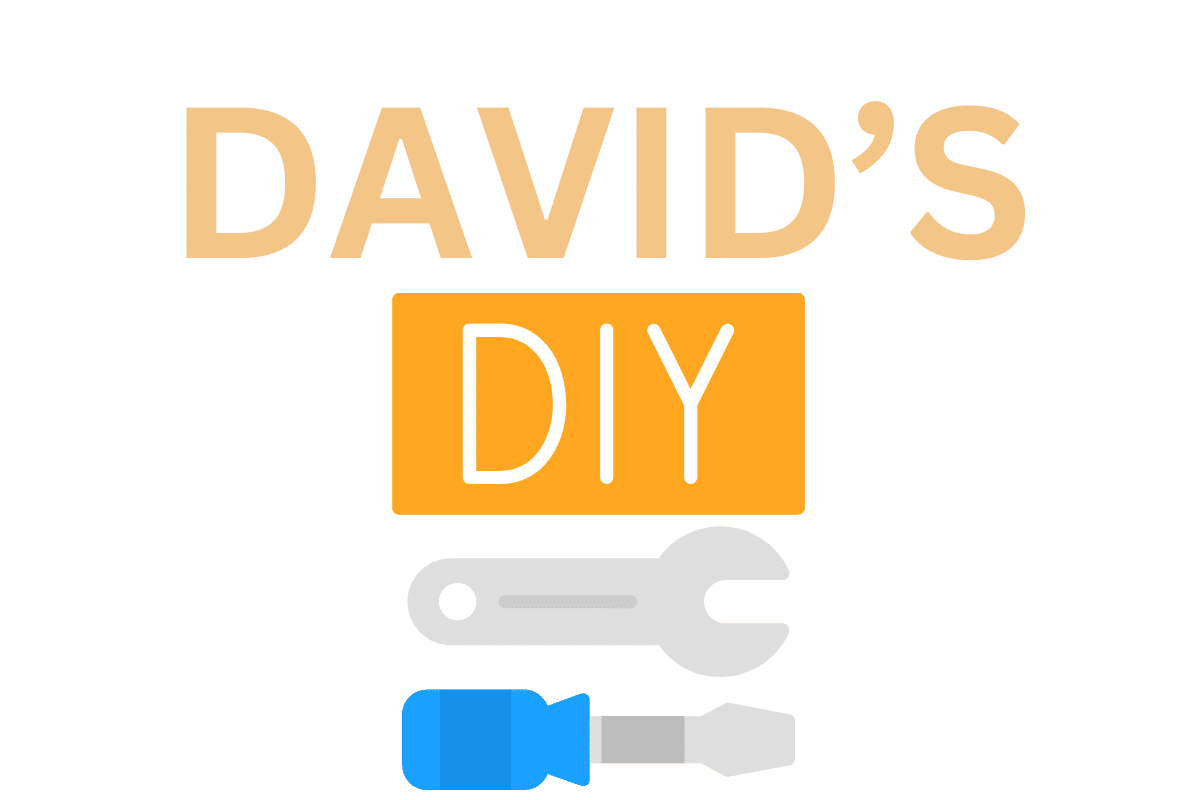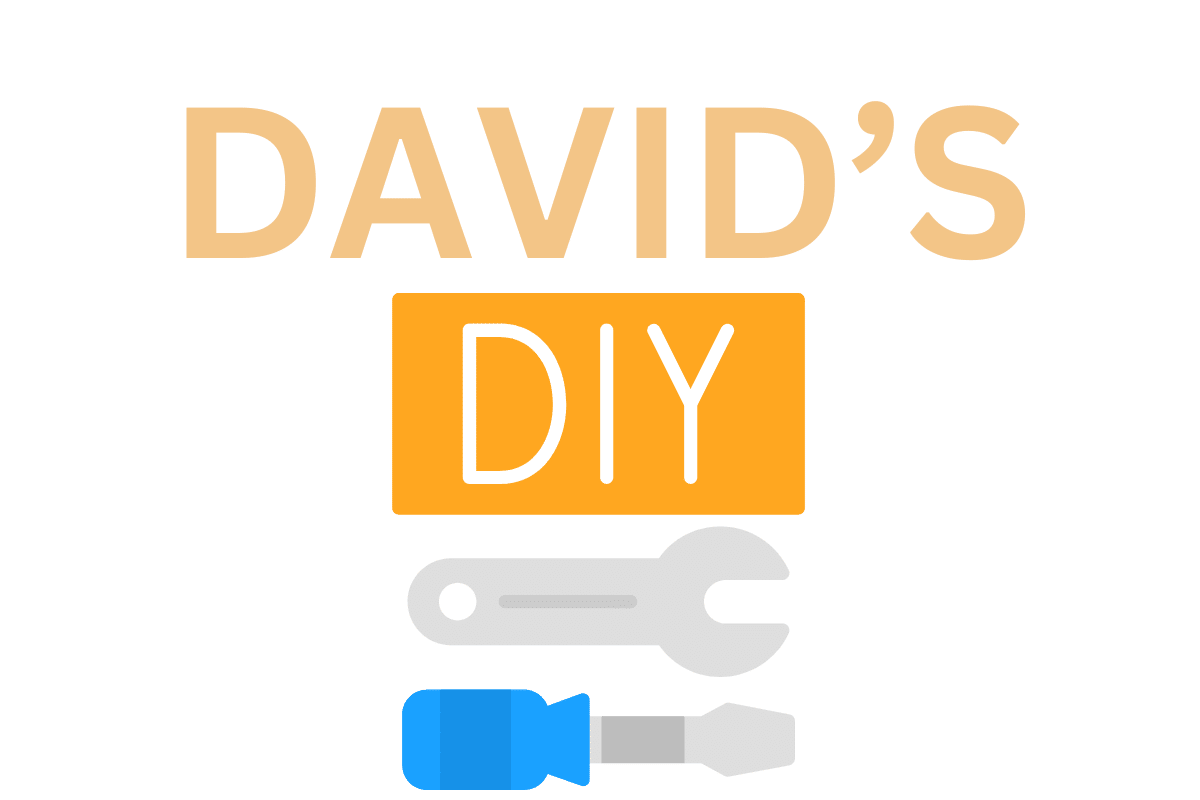When I set out to create a custom bookshelf from salvaged materials, little did I know the journey it would take me on. The thrill of hunting down the perfect pieces, envisioning a design that blends style and function seamlessly, and the satisfaction of bringing it all together – it’s truly a labor of love. But what truly sets this project apart is the opportunity to infuse your space with character and charm that store-bought furniture simply can’t match. The process is as rewarding as the end result, making every step a gratifying experience.
Sourcing Salvaged Materials
When I begin sourcing salvaged materials for my custom bookshelf, my first step is to explore local thrift stores and salvage yards. Thrift stores are like hidden gems, often filled with unique items waiting to be repurposed. I enjoy the thrill of the hunt, searching through shelves and bins for that perfect piece of wood or metal that will make my bookshelf truly special. Salvage yards, on the other hand, offer a different kind of treasure trove. Here, I can find larger pieces like old doors, windows, or even reclaimed lumber that can add character and history to my project.
Visiting these places not only helps me find materials but also allows me to connect with my community. I often chat with store owners or fellow DIY enthusiasts, exchanging tips and stories. This sense of belonging and shared passion for repurposing items makes the process even more enjoyable. Plus, knowing that I am giving new life to discarded materials gives me a sense of pride and fulfillment.
Design Inspiration and Planning
When it comes to designing a custom bookshelf from salvaged materials, the key aspects to consider are style and function. The choice of materials plays a crucial role in achieving the desired aesthetic and ensuring the shelf’s durability. By carefully planning the design and selecting the right materials, one can create a unique and sustainable piece of furniture that fits both their space and personal style.
Style and Function
In crafting the design for the custom bookshelf from salvaged materials, the focus is on blending style and function seamlessly to create a unique and practical piece of furniture. When considering style, I aim to incorporate elements that resonate with my personal aesthetic while ensuring the bookshelf complements the room’s overall decor. Organization plays a crucial role in the design process, as the bookshelf needs to be functional and efficient in storing books and decorative items. By carefully balancing style and organization, the bookshelf will not only be visually appealing but also serve its purpose effectively. This harmonious blend of style and organization is key to creating a custom bookshelf that not only looks good but also enhances the functionality of the space.
Material Selection
Crafting the custom bookshelf from salvaged materials, my focus shifts towards selecting materials that not only inspire the design but also align with the planned aesthetic vision and functional requirements. When considering the color palette, I aim to incorporate earthy tones like rich browns and deep greens to evoke a sense of warmth and coziness in the space. Texture contrast plays a vital role in adding visual interest and depth to the bookshelf. Pairing rough, reclaimed wood with sleek metal accents creates a dynamic look that balances rustic charm with modern flair. By carefully curating the materials based on color palette and texture contrast, I can ensure that the custom bookshelf not only fits seamlessly into the room but also stands out as a unique statement piece.
Tools and Materials Needed
I’ll outline the essential tools required for this project and discuss the selection process for salvaged materials. Knowing the tools needed will help streamline the construction process, while selecting the right salvaged materials can add character to the bookshelf. Let’s dive into the specifics to ensure a successful and personalized outcome.
Essential Tools Required
To successfully build a custom bookshelf from salvaged materials, one must gather essential tools such as a power drill, measuring tape, and level. These tools are crucial for ensuring precision and safety throughout the construction process. It’s important to keep tools organized and within reach to maintain a smooth workflow. Prioritize safety by wearing appropriate gear like goggles and gloves when working with tools. Additionally, consider how custom finishes and creativity can elevate the final look of your bookshelf. Experiment with different paint colors or stains to achieve a unique aesthetic that reflects your personal style. By combining the right tools with creative ideas, you can craft a one-of-a-kind bookshelf that showcases both functionality and artistry.
| Tools | Description |
|---|---|
| Power Drill | For making holes and driving screws |
| Measuring Tape | To ensure accurate dimensions |
| Level | Ensures the bookshelf is straight |
| Safety Gear | Goggles and gloves for protection |
| Paint/Stain | Custom finishes for a personalized touch |
Salvaged Materials Selection
After gathering the essential tools for building a custom bookshelf, the next crucial step is selecting the salvaged materials needed for the project. When considering salvaged wood types, look for sturdy options like oak, maple, or pine that can withstand the weight of books. Remember to inspect the salvaged wood for any damage that may affect the structural integrity of your bookshelf. Utilizing upcycling strategies such as sanding down rough surfaces, filling in cracks with wood filler, or painting can breathe new life into old materials. Keep in mind the desired aesthetic and dimensions of your bookshelf while choosing salvaged materials to ensure they align with your vision. By incorporating salvaged wood types and upcycling techniques, you can create a unique and eco-friendly custom bookshelf.
Preparing Salvaged Wood
When salvaging wood for a custom bookshelf, the first step is to thoroughly clean and inspect each piece for any damage or imperfections. This ensures a smooth and polished final product. Here’s how I prepare salvaged wood for my bookshelf projects:
-
Clean the Wood: Using a mixture of mild soap and water, gently scrub off any dirt, dust, or grime accumulated on the salvaged wood.
-
Sand the Surface: After cleaning, I sand the wood to remove rough edges, splinters, and any remaining finish. This step helps in achieving a uniform and smooth surface for the bookshelf.
-
Apply Wood Treatment: To enhance the wood’s natural beauty and protect it from wear and tear, I apply a eco-friendly wood finish. This step not only adds a touch of elegance but also ensures the durability of the custom bookshelf.
Building the Bookshelf Frame
After preparing the salvaged wood, the next step in building the bookshelf involves constructing the frame with precision and attention to detail. Ensuring structural integrity is crucial to the stability and longevity of the piece. I begin by measuring and cutting the salvaged wood to create the sides, top, and bottom of the frame. Each piece is carefully aligned and secured using wood glue and screws to guarantee a sturdy foundation. I pay close attention to angles and joints to prevent any wobbling or misalignment.
Once the frame is assembled, I reinforce it by adding additional supports at key points to enhance its strength. This step is essential, especially when dealing with salvaged materials that may have imperfections or weaknesses. By reinforcing the frame, I can ensure that the bookshelf will be able to withstand the weight of the books it will hold.
After the structural elements are in place, I sand down any rough edges and prepare the frame for painting. Choosing the right paint techniques can further enhance the bookshelf’s appearance while providing an extra layer of protection. By meticulously building the frame with attention to detail, structural integrity, and incorporating paint techniques, I can create a custom bookshelf that not only serves its purpose but also adds a unique touch to any space.
Adding Unique Features
To enhance the character of the custom bookshelf, I incorporate unique features that not only add visual interest but also serve practical purposes in organizing and displaying books.
-
Customizing Hardware: By customizing the hardware, such as using vintage drawer pulls or handcrafted knobs, I add a touch of uniqueness to the bookshelf. Each piece of hardware tells a story and adds a personal flair to the overall design.
-
Embellishing: I love embellishing the edges or corners of the bookshelf with intricate carvings or decorative trim. These small details elevate the aesthetic appeal of the piece and make it stand out as a work of art in its own right.
-
Incorporating Lighting: Adding subtle LED lighting strips or small spotlights not only highlights the books on display but also creates a cozy ambiance in the room. The soft glow of the lights invites you to curl up with a good book and immerse yourself in the world of literature.
Assembling the Bookshelf
I carefully arrange the salvaged materials and prepare the necessary tools for assembling the custom bookshelf. Before diving into the assembly process, it’s crucial to first plan the shelf arrangement. By considering the height and width of each shelf, I ensure there’s enough space for different-sized books and decorative items. This thoughtful arrangement not only adds functionality but also enhances the overall look of the bookshelf.
When it comes to installation, here are some tips for optimal space optimization. Start by securing the back panel to provide stability. Then, attach the sides and shelves, ensuring they are level to prevent any wobbling. Use a stud finder to locate the wall studs for secure anchoring. Additionally, consider adding L-brackets for extra support, especially for larger or heavier shelves.
As I progress with the assembly, I keep in mind the decorating aspect. I envision how the shelves will look once filled with books, plants, and personal mementos. This foresight helps me create a bookshelf that not only serves its purpose but also adds a touch of personality to the space.
Finishing Touches
How can the addition of a contrasting paint color enhance the visual appeal of the custom bookshelf? When it comes to finishing touches, the choice of paint colors can truly transform the look and feel of your bookshelf. Here are some ways to enhance its aesthetic:
-
Contrasting Colors: Consider using a bold, contrasting color for the back panel of the bookshelf to create a striking visual impact.
-
Accent Trim: Adding a decorative accent with a complementary paint color on the trim or edges of the shelves can bring out the details and add a touch of elegance.
-
Two-Tone Finish: Experiment with a two-tone finish by painting the outer frame of the bookshelf in one color and the inner shelves in another color to create depth and dimension.

